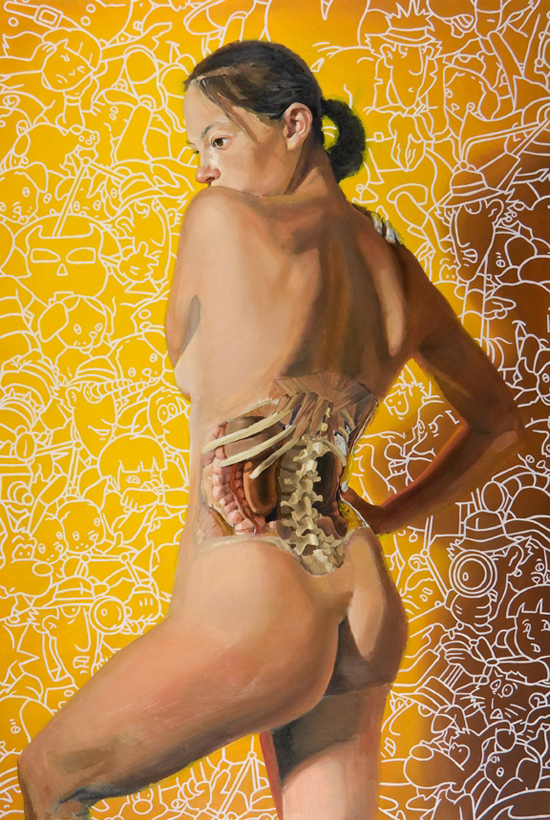Use this Table of Contents to go to the next article

YOU ARE HERE AT THE CNS
Strength & Flexibility Expert
Take Your Body To The Next Level

YOU ARE HERE AT THE CNS

I've created this hip flexibility program for those that would like to improve their flexibility in an efficient manner, with a follow along video that only … [Read More]

This training routine is focused largely on increasing strength and muscle mass (aka muscular hypertrophy). If I had to sum up the routine in one fell swoop I … [Read More]

In this day and age most people are working from home and struggling to find the balance between stagnation and moving to stay fit. This program was developed … [Read More]

For anyone who wants better shoulder health, shoulder flexibility, a looser upper back and improved posture, this program takes all the guess work out of it to … [Read More]

This program will help you achieve the front splits in such a simple and straightforward manner that you will be blown away! You will find great elegance in its … [Read More]

For those who have poor flexibility, tight hamstrings and want a simple program that will help them to get looser in a gentle, non-painful manner. In this … [Read More]

I don't know about you but nothing gets me fired up more than working on my abs. It's a unique muscle group that is utilized in every exercise and making it … [Read More]

Looking for a simple and straightforward bodyweight-oriented strength training routine that doesn't take too much time? You're not the only one! A survey I … [Read More]